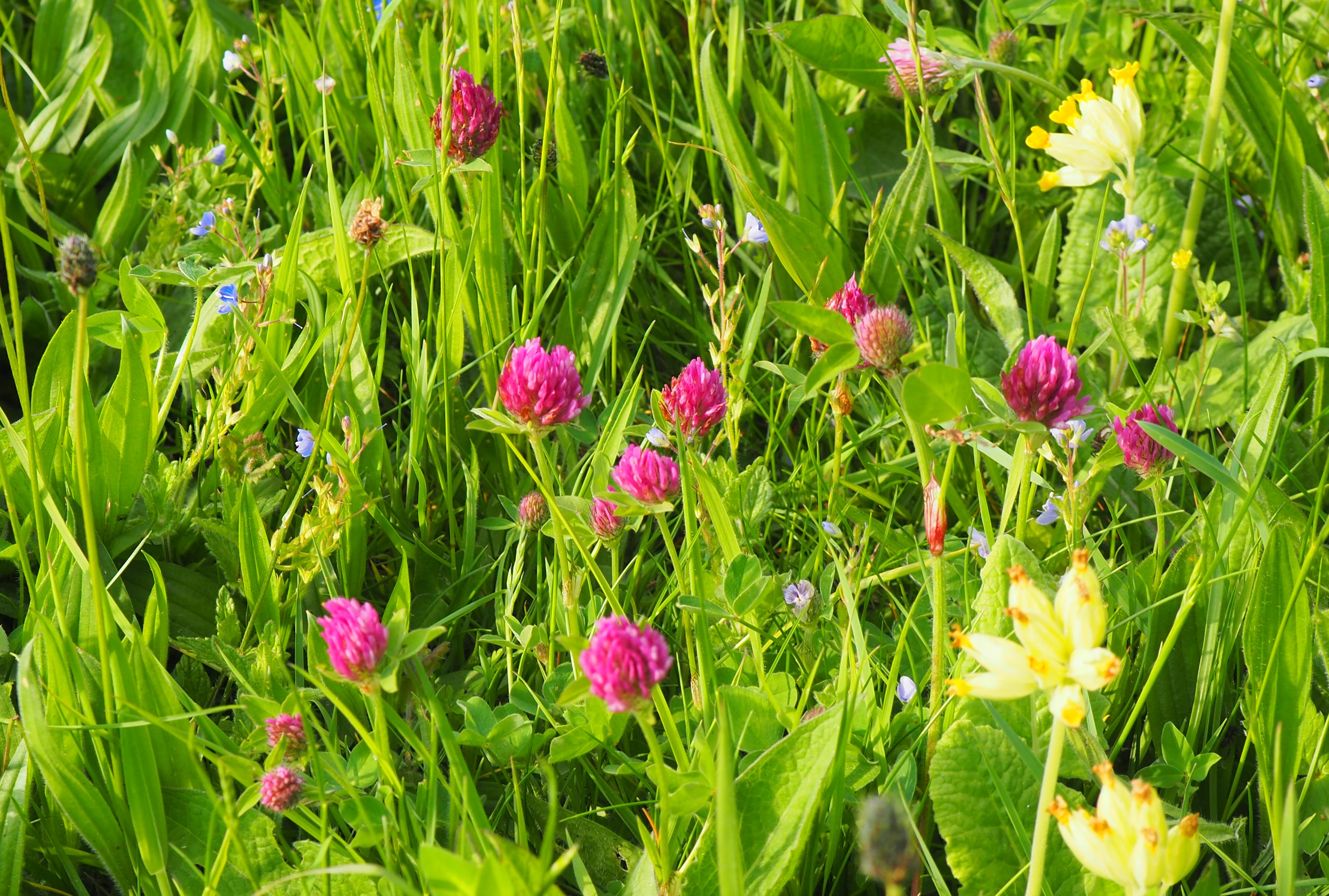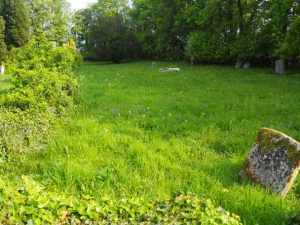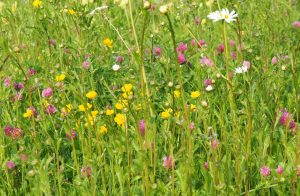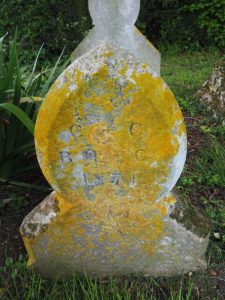
16 May Churchyard BioBlitz
May – and the countryside is splashed green and white as spring moves into summer and the changing palette of flowers evolves.
BioBlitz Arts May 2020

The cowslips have gone to seed and are replaced by bugle, ground ivy, red campion and ox-eye daisies. The year is hiccoughing between hot and cold spells and summer migrants are still slow arriving. The house martins came to their home nest two weeks late. A party of 30 swifts whirled over on 5 May. Cuckoos are calling along the river valleys and the hedgerows are full of whitethroats.
The sunshine has brought out the butterflies and we have seen holly blue, orange tip, brimstone, tortoiseshell and green veined white.
This week would have been our Flower Festival and we were to host the first of Waveney & Blyth Arts BioBlitz events focusing on the bugs and blossoms found in country churchyards. These workshops were planned to explore biodiversity and encourage inspired art work. Alongside the arts activity a naturalist would have worked with us to identify as many species as we can.
Old burial grounds often have fantastic, flowery grassland as they have been so little disturbed over the centuries. A churchyard or burial site may be the most ancient enclosed piece of land in a parish, perhaps even older than the church building, having its roots in pre-Christian times. Apart from grave digging, the grassland will have been relatively undisturbed, re-seeding naturally for hundreds of years. A benefit of this is a diversity of grasses and flowers and associated animals and insects, some of which may now be rare in Britain.
In the absence of the workshop I decided anyway to spend some time in the churchyard exploring the wildlife. It is quiet here. Set amongst meadows, on a slight rise in the land, the church peeps through tall hedges of cherry plum and apple. Looking north I can see the Dove valley with its string of water meadows and the breeze brings the sound of cattle. The sky is an intense blue, the air as clear as mountain mornings. They say the lack of pollution is giving us these pin sharp days. Were the trees ever that green?

My BioBlitz list is a small start at recognizing all the wildlife that occupies this country churchyard.
Birds: song thrush, nuthatch, wren, robin, wood pigeon, chiffchaff, blackcap, blue tit.
Mammals: none seen but evidence of muntjac, rabbit, mole.
Plants: red campion, cowslip, ox-eye daisy, bugle, forget-me-not, buttercup, germander speedwell.
Insects; red-tailed bumble bee, damselfly, soldier beetle, crane fly.
More time and more systematic hunting needed.
The churchyard is host to old friends and I pause to remember them. On the west of the church the graves are older, lichen coloured, capturing families and stories of the village long past. At this time when death seems to be a daily newscast, I ponder life and loss. What will I leave behind? What should I do while I am here?

Note: Waveney & Blyth Arts launched Bugs & Blossoms in 2019 to promote events that encourage people to notice insects and flowers and to facilitate positive action. The initiative aims to work across all the creative arts – to celebrate the wild flowers and insects that are part of our lives. But also for the arts to draw attention to the plight of many of these species and to encourage people to be inspired by them and to take action, however small and however local, to conserve them.


